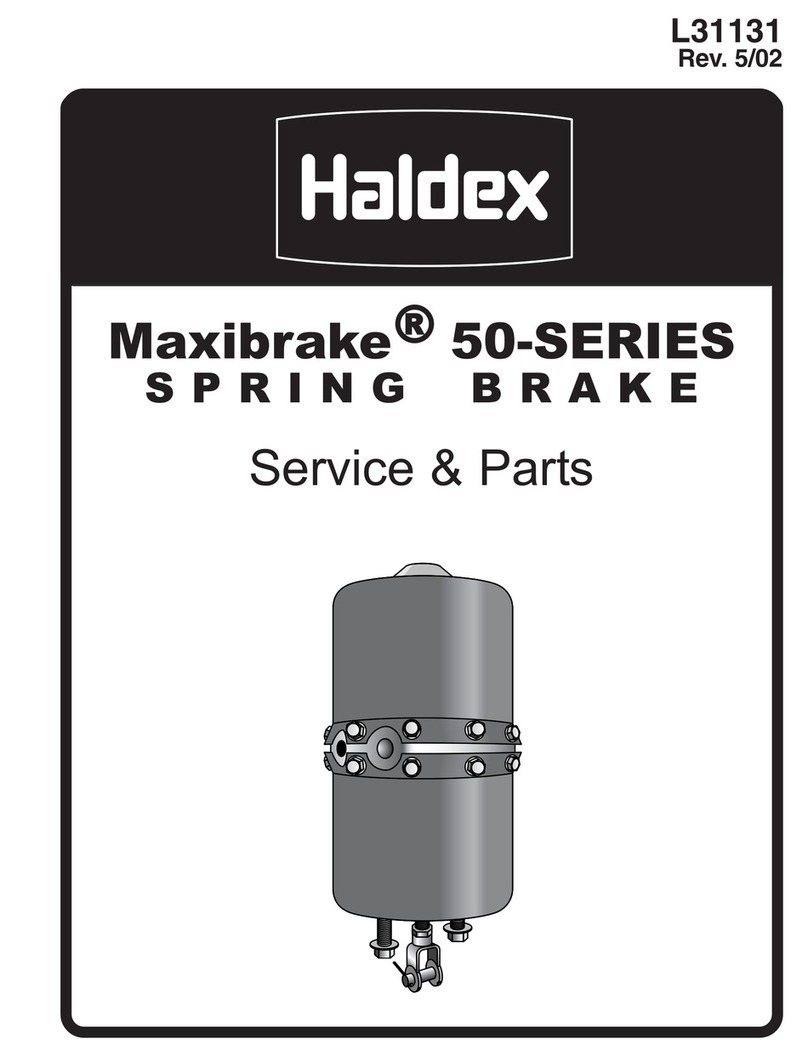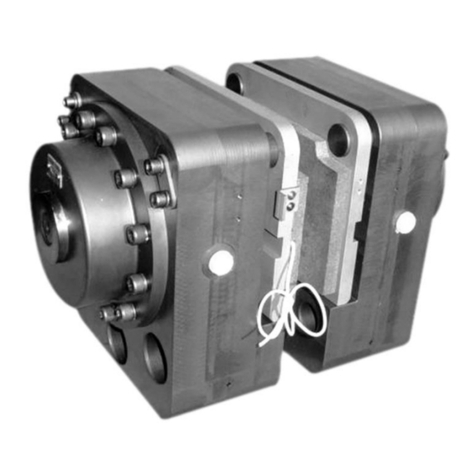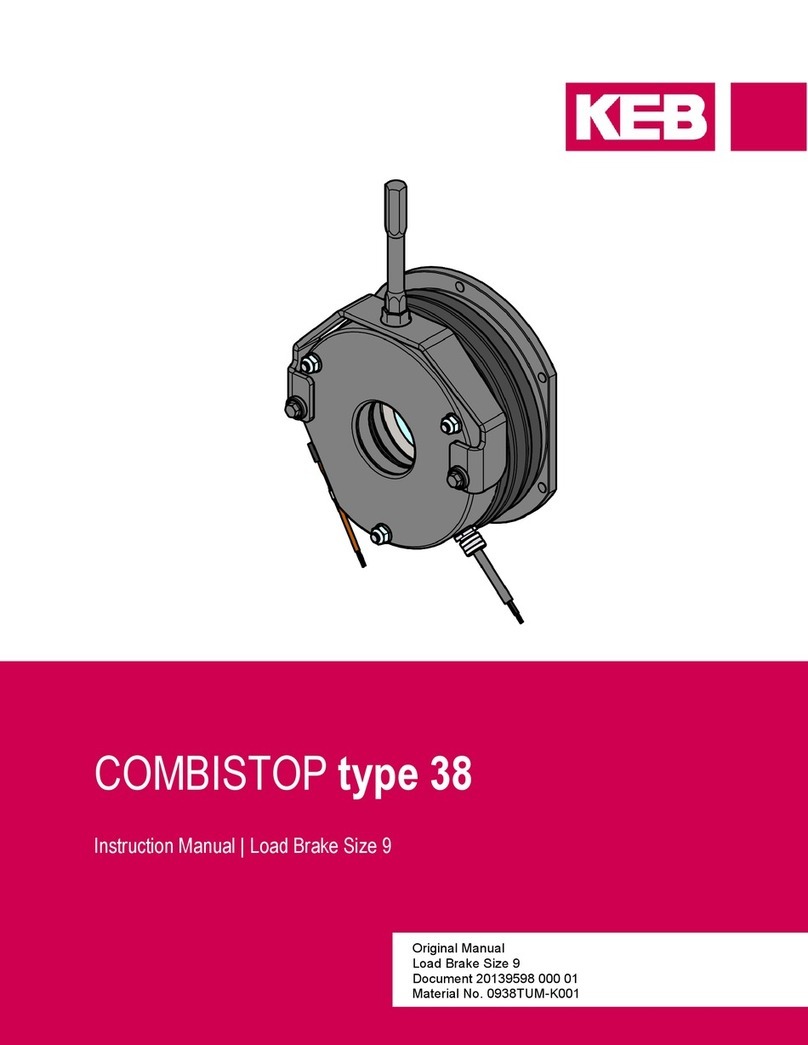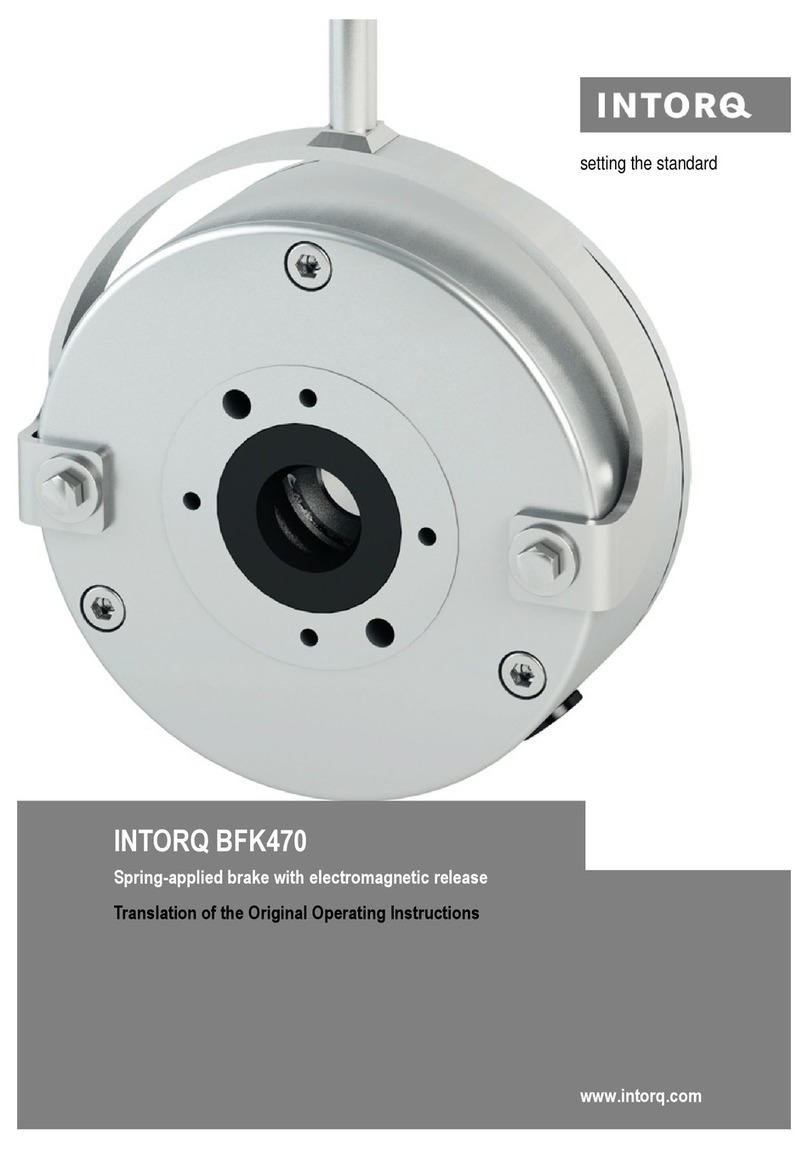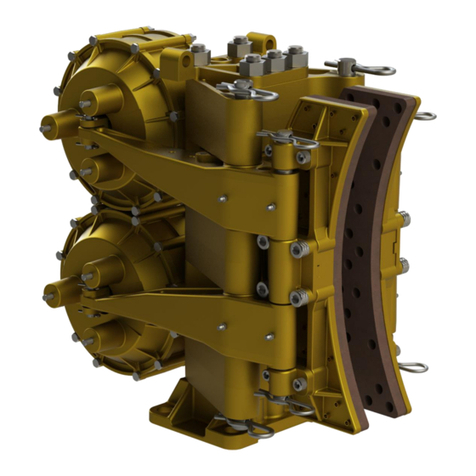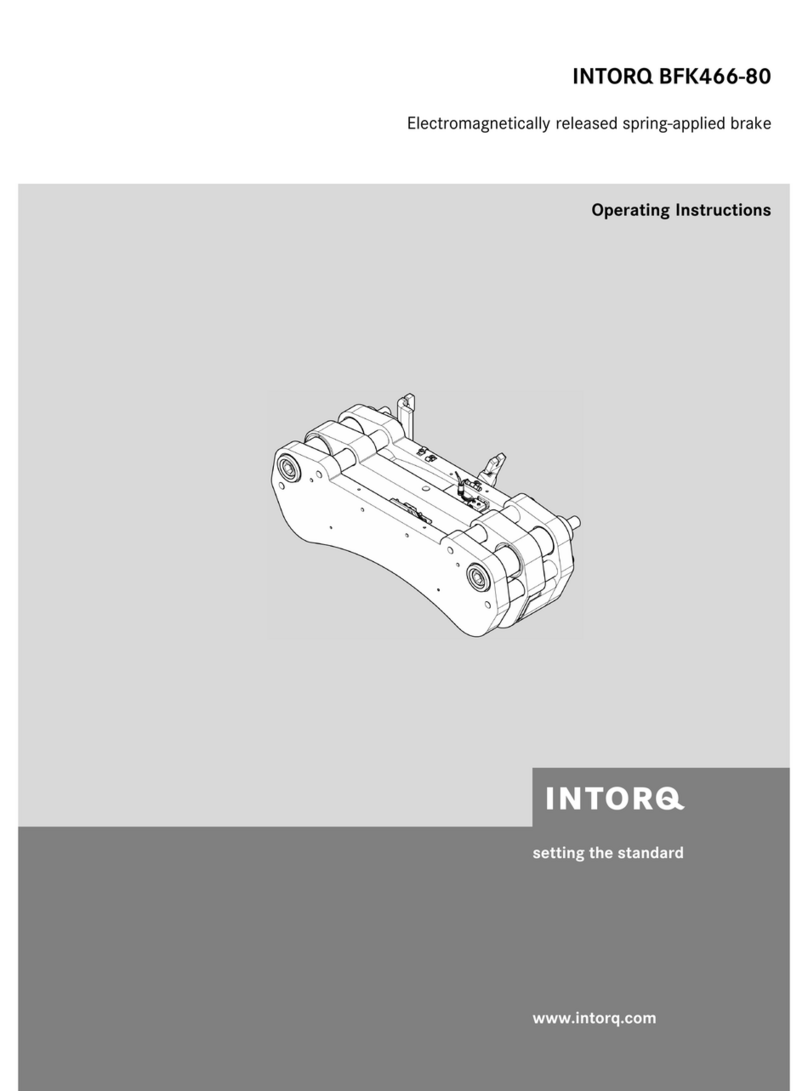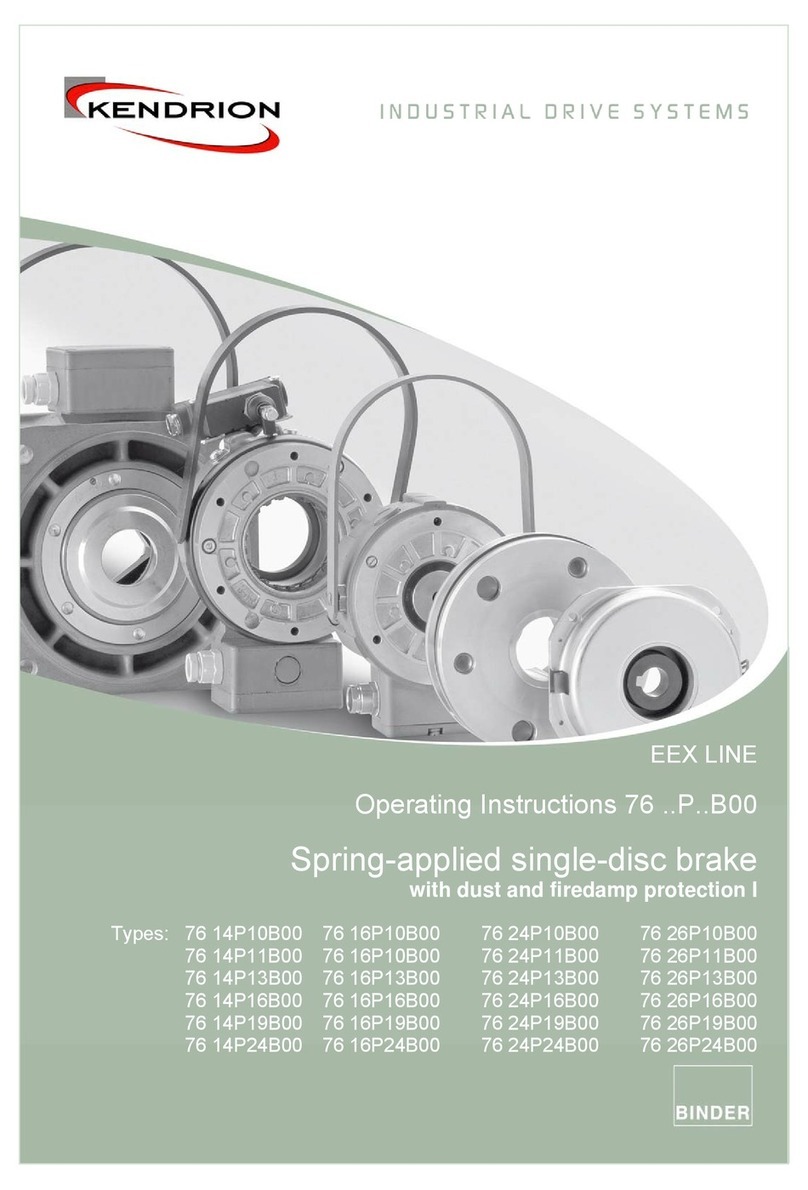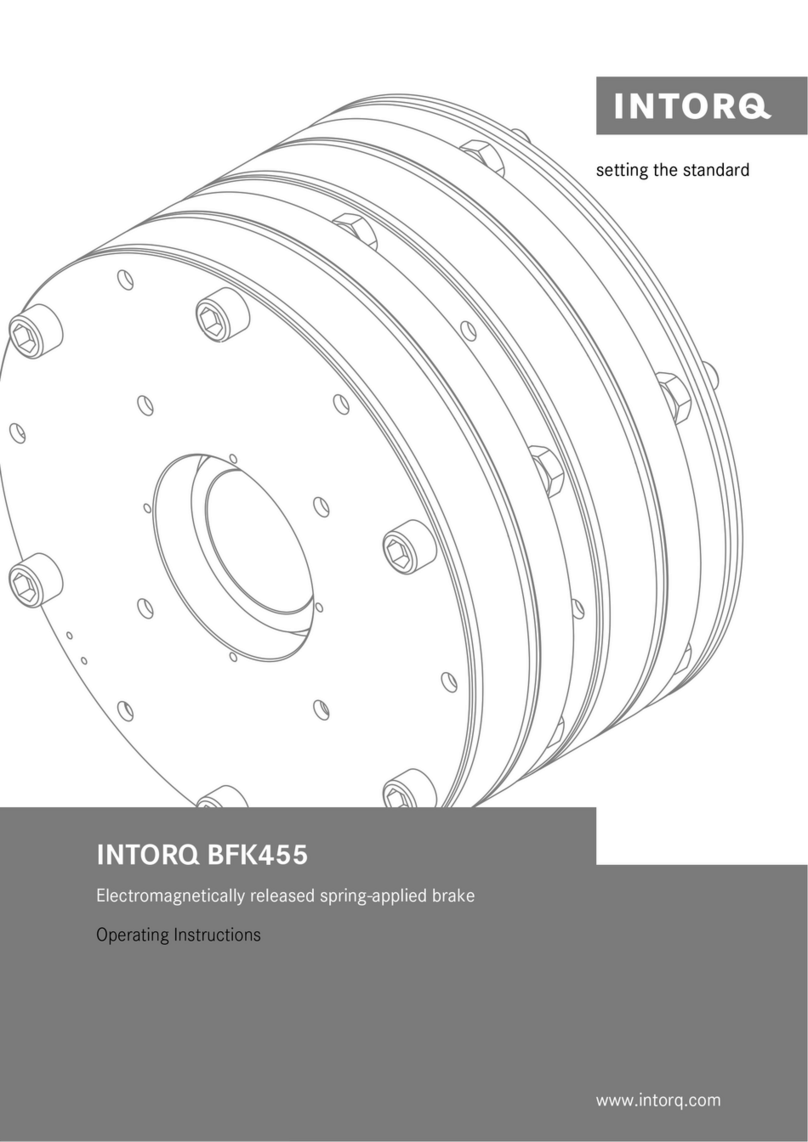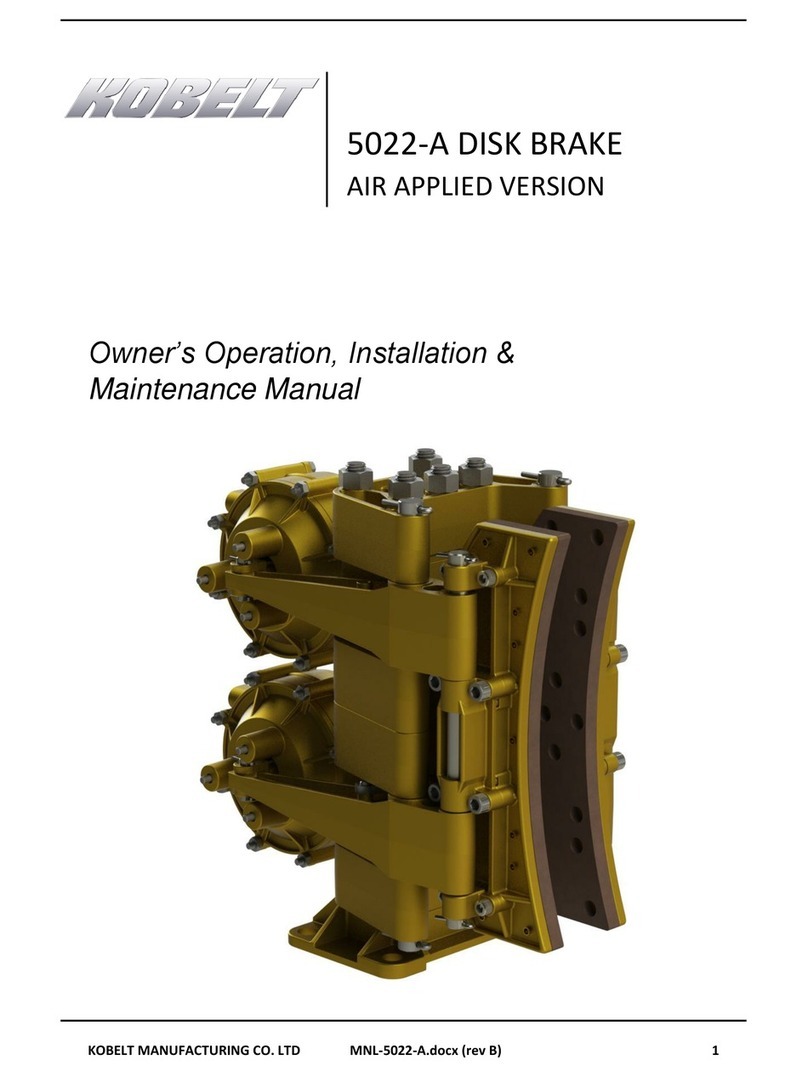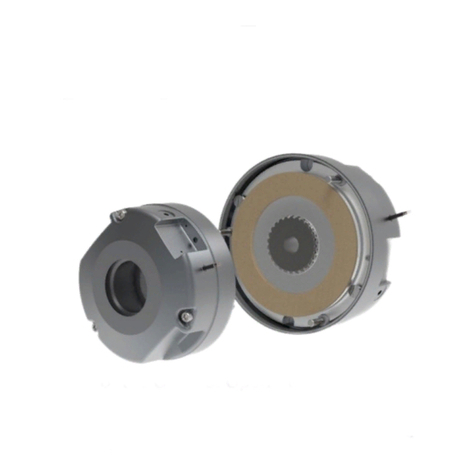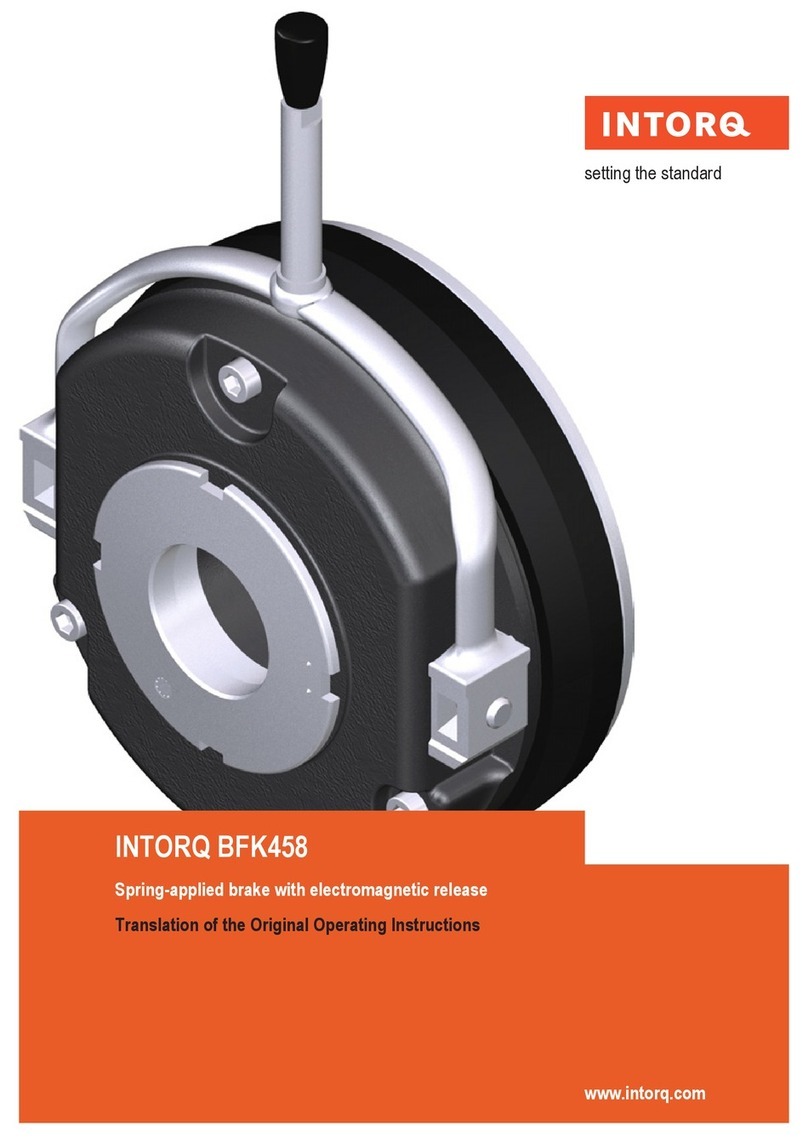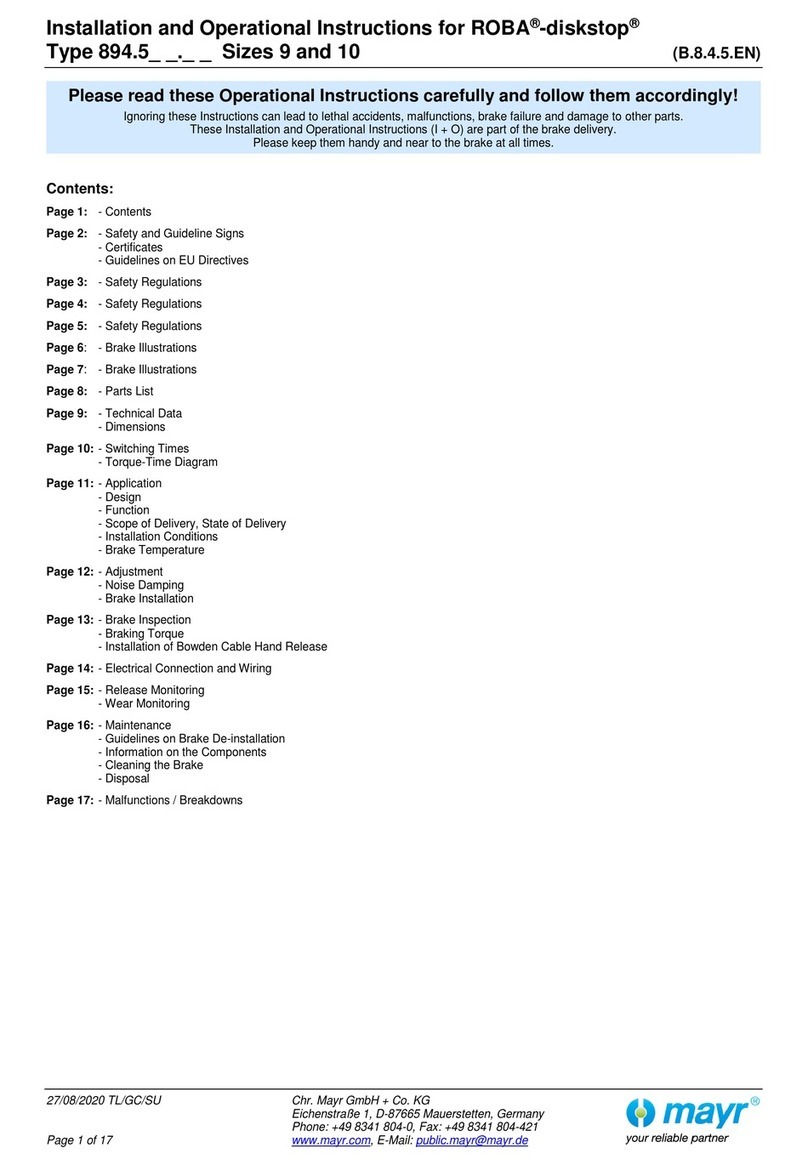
2
INSTALLATION MANUAL FOR 490A
Table of Contents
Section 1: Introduction.............................................................................................2
Housing Identification.........................................................................................2
Engine Identification.............................................................................................2
Special Tools...............................................................................................................3
Automatic Transmissions.................................................................................. 3
Section 2: Engine Preparation......................................................................4-5
Crosshead and Adjusting Screws.............................................................4
Section 3: Engine Brake Housing Installation.................................5-6
Brake Housing Installation..............................................................................5
Slave Piston Adjustment...................................................................................6
Section 4: Electrical System Installation....................................................7
Wiring Installation....................................................................................................7
Section 5: Engine Brake Operation Check.............................................7
Bleed and Operation Check...........................................................................7
Section 6: Engine Brake Maintenance.............................................8 -14
Theory of Operation..............................................................................................8
Exhaust Blowdown...........................................................................................8-9
Control Valve......................................................................................................9-10
Solenoid Valve .......................................................................................................11
Slave Piston Adjusting Screws.................................................................12
Master Piston..........................................................................................................13
Slave Piston.....................................................................................................13-14
SEE DRIVER’S MANUAL FOR PROPER
ENGINE BRAKE DRIVER TECHNIQUES.
THE CBRAKE BY JACOBS®ENGINE BRAKE
IS A VEHICLE SLOWING DEVICE, NOT A
VEHICLE STOPPING DEVICE. IT IS NOT A
SUBSTITUTE FOR THE SERVICE BRAKING
SYSTEM. THE VEHICLE’S SERVICE BRAKES
MUST BE USED TO BRING THE VEHICLE TO
A COMPLETE STOP.
Section 1:
Introduction
Aftermarket Kit
P/N Brake Model Engine Desc.
5708741 490A ISL03 to L9 2021 12VDC Kit
Safety Precautions
The following symbols in this manual signal potentially dan-
gerous conditions to the mechanic or equipment. Read this
manual carefully. Know when these conditions can exist. Then,
take necessary steps to protect personnel as well as equip-
ment.
THIS SYMBOL WARNS OF POSSIBLE PER-
SONAL INJURY.
THIS SYMBOL REFERS TO POSSIBLE
EQUIPMENT DAMAGE.
NOTE:
INDICATES AN OPERATION, PROCEDURE
OR INSTRUCTION THAT IS IMPORTANT FOR
CORRECT SERVICE.
Fuels, electrical equipment, exhaust gases and moving engine
parts present potential hazards that could result in personal
injury. Take care when installing an engine brake. Always use
correct tools and proper procedures as outlined in this manual.
Housing Identification
A nameplate attached to the top surface of the engine brake
housing identifies the model number, part number, front or rear
housing and housing serial number.
For housing part number and other replacement part informa-
tion, refer to Cummins Bulletin No. 3401838, Jacobs Parts
Manual, P/N 026301.
Engine Identification
Prior to engine brake installation, verify that engine is an 2007
ISL engine or newer. The engine identification is on the serial
number plate located on the fuel pump side below the rocker
cover.
Application Notes
Engine Brakes should not be used in combination with an
exhaust brake.
For 24v applications, use front brake housing P/N 5590893
and rear brake housing P/N 5590894.

